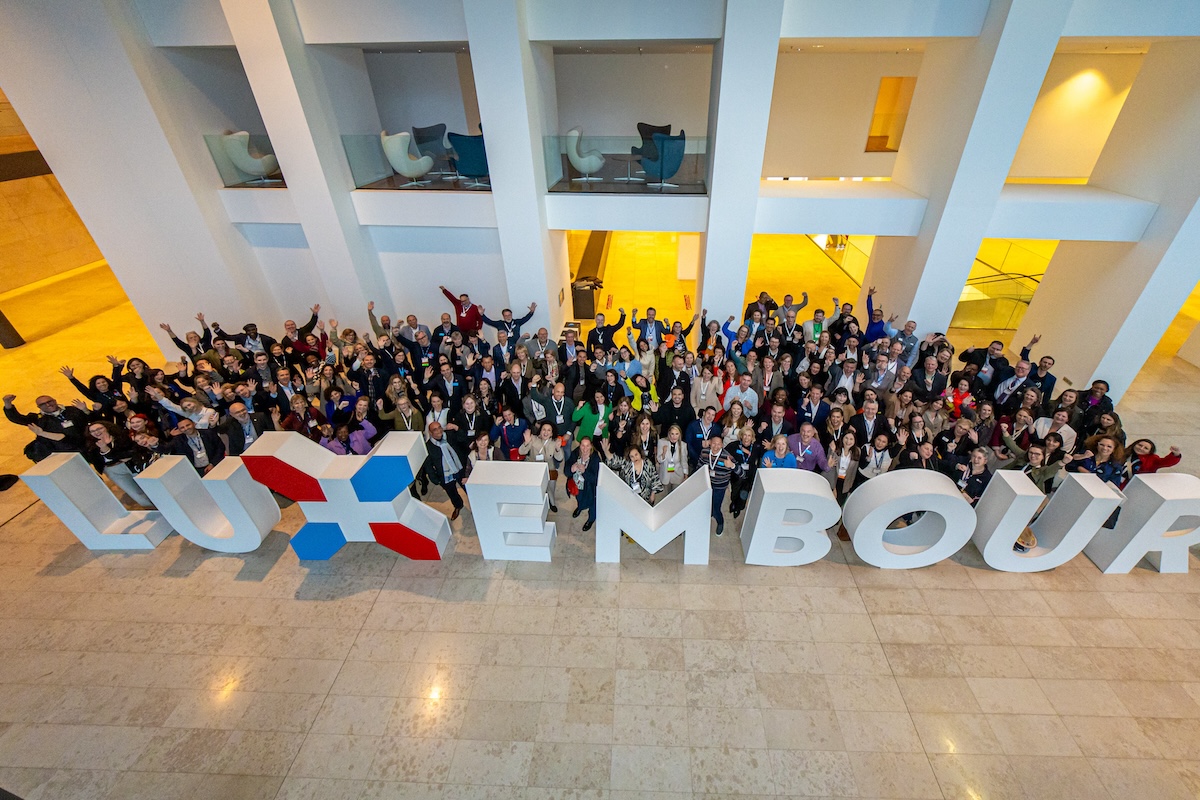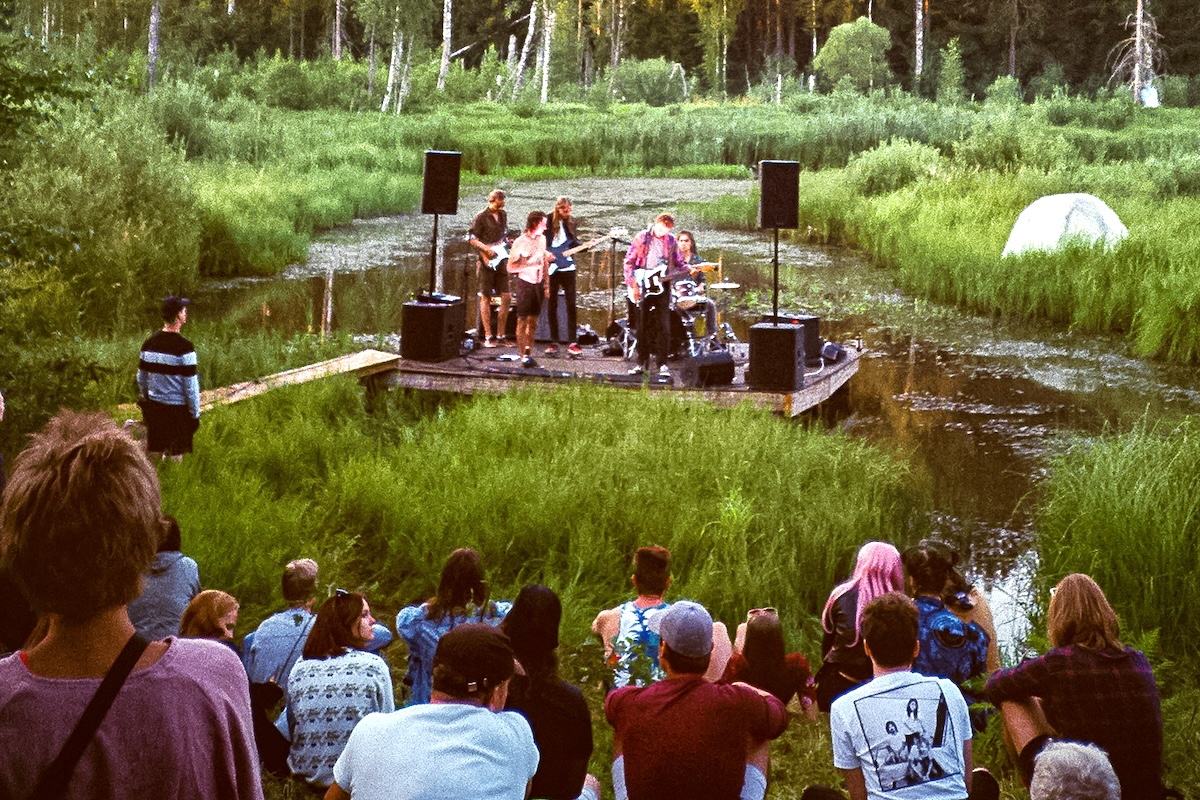Skift Take
Working from home offers many benefits, but building trust and forging connections is harder. Designing purposeful, engaging events can help.
The Covid pandemic has led to an unprecedented surge in remote work. According to the U.S. Census Bureau, 17.9 percent of the U.S. workforce worked primarily from home in 2021, the highest number since tracking started in 2005.
Working from home has also had a profound impact on travel. Skift Research has been tracking this trend closely from a consumer perspective. While many companies are keen to attract staff back to corporate offices, hybrid work and blended travel is expected to continue.
While remote work can offer many benefits, it also presents unique challenges. One of the biggest challenges is building and maintaining strong connections and trust within remote teams.
Events Help Build Connections
In the recent Skift Meetings 2023 Event Trends Summit, co-founder of Remote People, Juraj Holub, highlighted the importance of events in building strong connections within remote teams. “In the past two years, we learned that almost anything can be done online. But one thing that is really difficult to achieve for a team is to build really deep connections and build trust,” said Holub. Research suggests that two-thirds of corporate workers find it challenging to build connections virtually.
Holub identified several events that can help build strong connections within remote teams. The most important event is an all-company offsite or retreat when an entire company comes together to meet and bond, align on the strategic direction, and focus on priorities. It is particularly valuable in fostering a sense of shared purpose and commitment to the organization’s goals.
In addition to the all-company offsite, cascading events can support the entire company on a team level. Executive offsites, department/team offsites, and cross-departmental collaborations are all valuable options. Bringing people together from different teams can be particularly helpful in breaking down silos and fostering a more collaborative and cohesive culture within the organization.
Holub believes that events are essential to building and maintaining strong connections within remote teams. “Yes, we are working in a remote setup, but it takes a strategy and a bit of planning to support the whole company and team with the events,” he said.
Remote Teams Yearn for Engagement
Holub believes that companies should also focus on creating a purposeful space for socializing during events. For example, he questions the need to sit for hours and listen to a presentation that could be a video or a podcast. Instead, he advocates using meeting time for interaction and creating purposeful connections between team members.
All meetings should serve the “triple D” purpose of helping participants debate, develop, or decide. Holub sees in-person interaction between people as essential for building strong connections and trust within remote teams. “That’s very difficult to do in an asynchronous manner,” he pointed out.
Meetings can be streamlines by content in advance, however, this relies on everyone consuming pre-work content before an event. While there is no way to guarantee all team member consume content in advance, Holub suggested allocating a certain amount of time for the team to catch up on that reading or catch up on a video.
Holub’s insights are valuable for planners helping their organization transition to remote work or strengthening their remote teams. Building and maintaining strong connections and trust requires a deliberate and strategic approach that includes events, and other activities focused on interaction and purposeful connection.
Photo credit: Clay Banks / Unsplash





